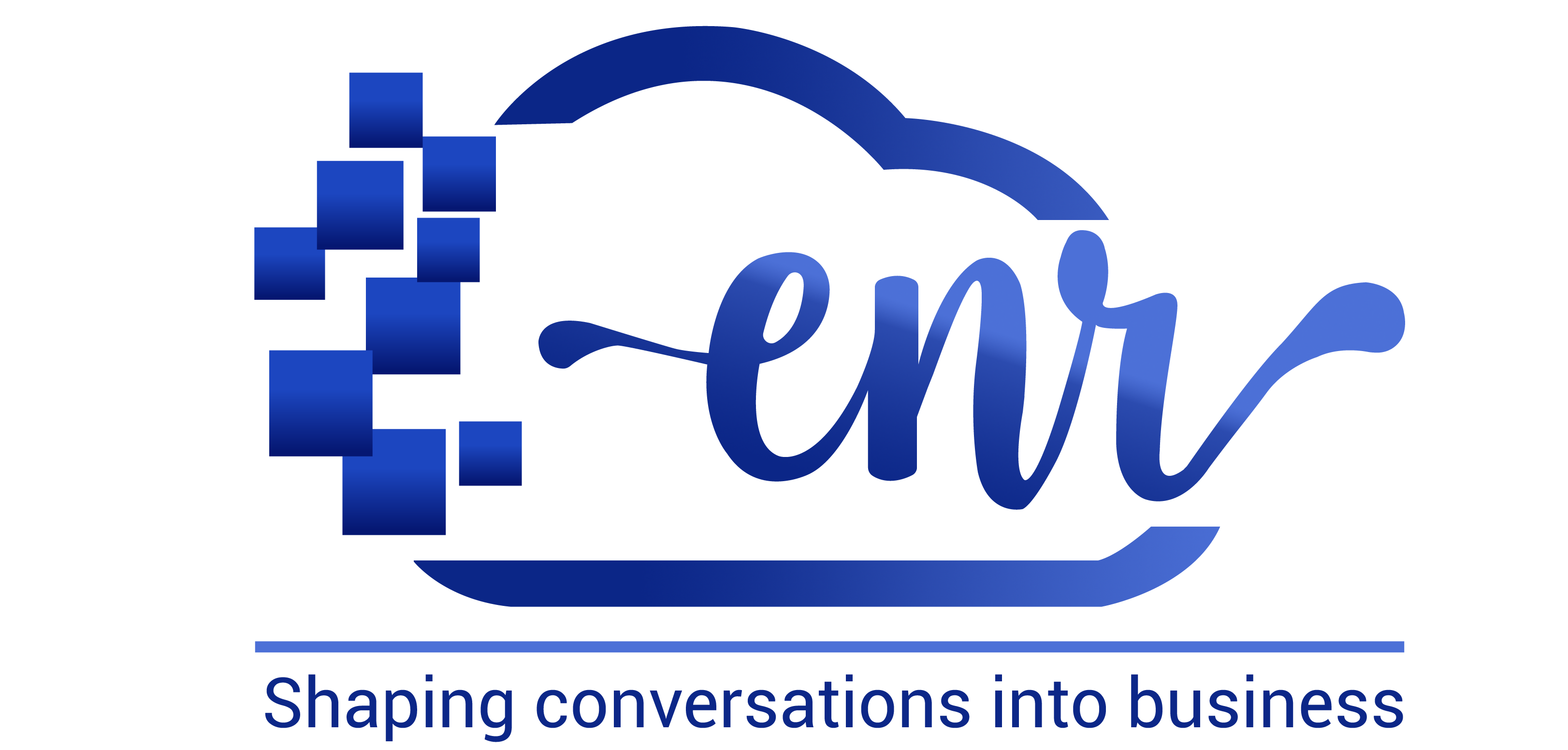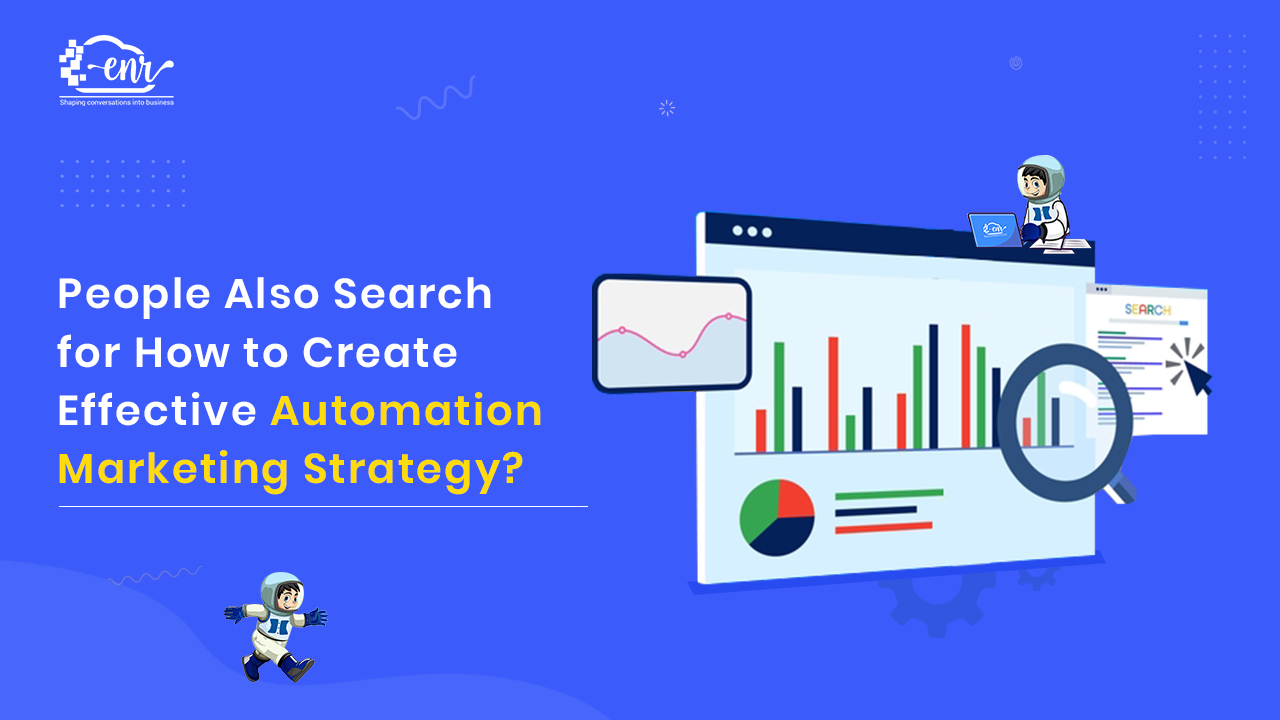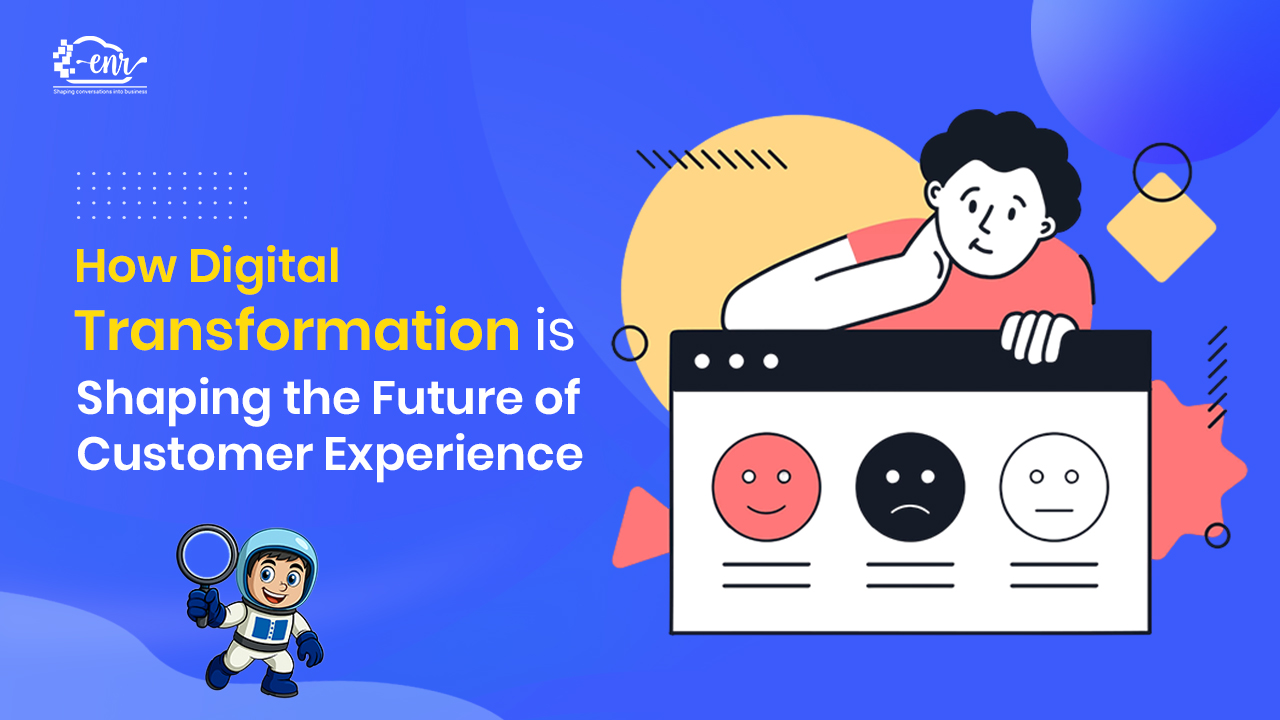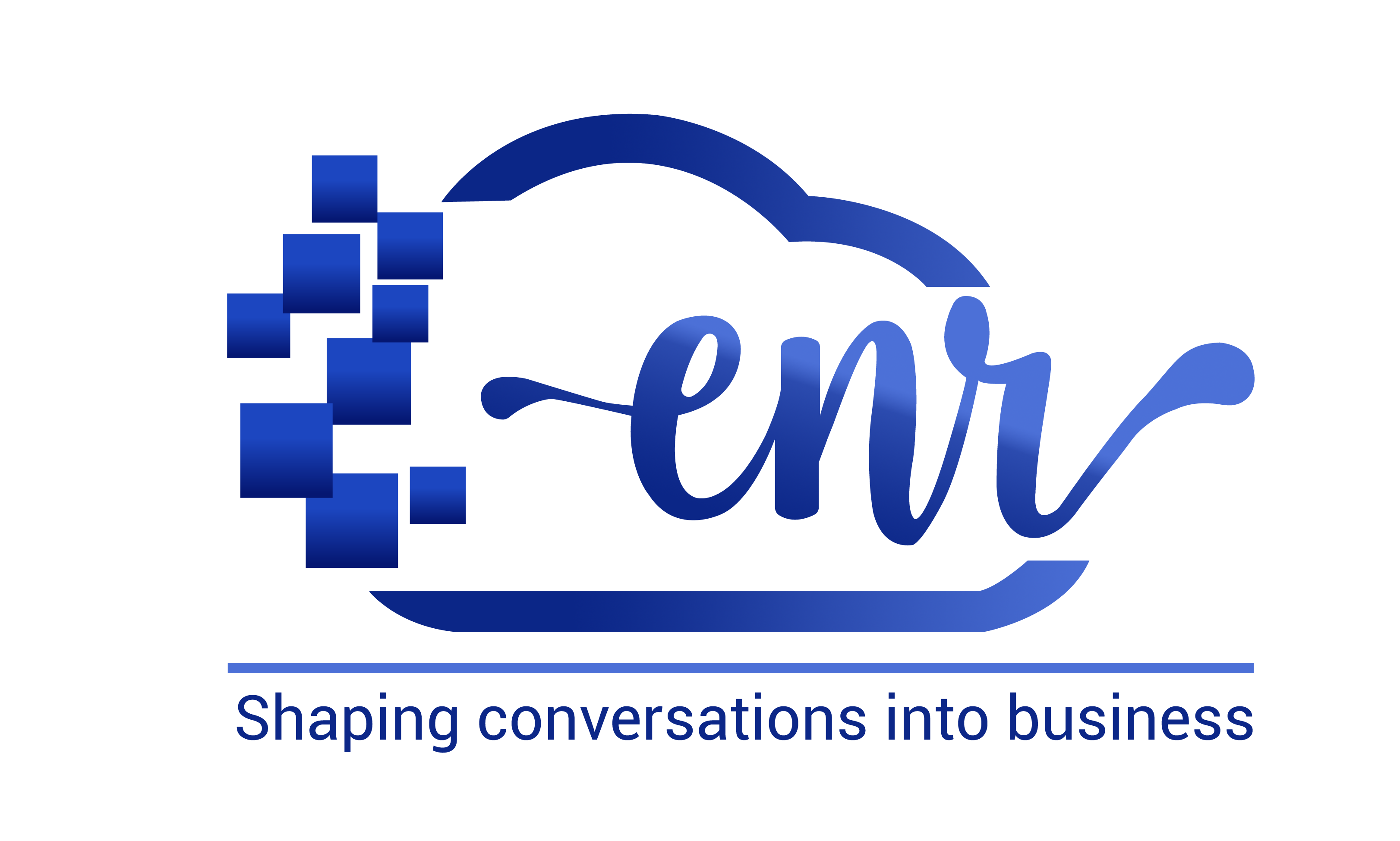Good marketing is about trends and technology, but the perfect marketing is trusting the fundamentals. Having an effective marketing automation strategy is fundamental to streamlining marketing efforts, nurturing leads, and boosting conversions. When people also search for How to Create Effective Automation Marketing Strategy?
How to create an effective automation marketing strategy, it actually means that they have heard about the benefits of automation and are looking for information on how to set up an automation marketing software for their business, which can take off the repetitive marketing tasks and give support to salespersons to make their strategy more personalized.
Under the search for “how to create effective automation marketing strategy,” the first thing people search for is what type of automation software will work for their business to help them target their audience more precisely, engage them at the right time, and save valuable time for the entire sales team.
With the aid of a good automation marketing software, your marketing team can segment the customers based on their behavior, choices, and demographics, allowing the entire team to chart the movement in the sales funnel through a personalized outreach.
People also Search for How to Create Effective Automation Marketing Strategy? automation marketing strategy can seem like a daunting task when you get to do it. It is hard to know where to start, what should It look like, which teams to involve, and what tools to use.
Here are some key steps to consider when building an automation marketing strategy:
Table of Contents
ToggleDefine your marketing automation goals and strategies

Marketing automation is crucial in today’s evolving business landscape. It helps businesses work smarter, enhance their efficiencies multiple fold, and stay competitive in this digital world. The main benefits of automation are personalization, consistency, scalability, and aiding in data driven decisions.
The most common reason behind marketing campaigns failing is the lack of a cohesive marketing strategy. 37% of businesses state that defining a strategy is one to the main roadblocks of marketing automation. Start by understanding what you want to achieve, and these objectives should align with your business goals.
Clear objectives act as a guide for automation marketing strategy. SMART goals (That means specific, measurable, achievable, realistic, and time-bound) are the need of the hour. For example, your goal from automation can be increased lead generation, improved email engagement rates, enhanced customer retention or conversion rates, etc.
Being specific will help you pinpoint exactly what needs to be automated.
Understand your audience: People also search for how to create buyer personas

Even the people also search for best automation marketing tools will fail you if you don’t know your audience or customer profiles well. If the automation setup (big or small) is not targeting the right audience, then your campaign will not give results.
Once you have the marketing goals ready, it is time to turn towards the customers. Start by building your Ideal Customer Profile or the buyer persona. Use customer data to identify the various touchpoints based on behavior, demographics, purchase history, social media engagements, feedbacks, etc.
This will go a long way in automating the processes to deliver relevant and personalized content to the customers that will keep them engaged and motivate movement in the funnel. The deeper you dig, the more refined will be your customization.
Identify which tasks need to be automated
Once you know what you expect from automation marketing and what is your target audience, the next step is to identify the tasks that can be automated. Loop people also search sales and marketing teams to give suggestions on this.
This can be sending automated messages, email marketing, lead scoring, social media management, in-app marketing, data insights report generation, chatbots, etc. Some common marketing automation tasks include, welcome emails, support ticket confirmations, subscription renewal, welcome kits on sign up, newsletters, etc.
People also search for choosing the right automation tools
Not every automation tool is made for your business. Spend some time in selecting the right one that aligns with your goals and integrates seamlessly with your campaigns and strategies. Factor in your businesses uniqueness, the budget constrains, and the existing systems you have in place. Some popular tools for automation are HubSpot, Zoho, Mailchimp, Marketo etc.
Develop A Customer Journey Map
Visualize how you want your customer to move in the sales funnel right from when they become aware of your brand to their conversion in a paying customer. It will help identify the key touchpoints where automation can be implemented to make their journey smooth and interactive. For example, when a prospect abandons a shopping cart, an automated workflow can send a personalized email.
Segment your leads
Automation marketing strategy will be more effective and deliver personalized communication when the segmentation is precise. Segmentation is the foundation of automation. Segment your leads by location, purchase behavior, engagement level, and past interactions to create targeted campaigns. Divide your audience into smaller, focused groups according to specific needs and preferences.
Create personalized content
At every touchpoint the customer interacts with your business, it is a decision-making moment for them. Do they want to continue the journey or look elsewhere? This is where powerful content comes into play. Creating tailored content at the right time, increases the chances of conversion.
For example, sending follow up emails with product recommendations based on previous purchases, or offering discounts based on interactions. Your customer will trust you more if you provide a valuable and personalized experience.
Define the right metrics to track and leverage the analytics
The key to figuring out the success of your automation campaign is to measure the metrics. It is important to identify the KPIs that will help adjust and optimize the marketing strategy. Some common key performance metrics that need attention are revenue increase, average order value, click through rates, open rates, conversions, cost of conversions, and time saved, etc. Analytics help improve and refine the marketing strategy.
Integrate automation across multiple channels
Automation for marketing campaigns should cover more than one touchpoint for a comprehensive coverage. For example, limiting yourself to just emails will not get the full results, you should include full automation across social media, SMS, website, etc.
Automation marketing is the way to transform your business to engage with their customers, drive in the customers, and boost revenue and ROI. Automation is a way to boost marketing efforts and help the businesses stay one step ahead.
Read Also: Unlocking Success What People Also Search for Automation Marketing?
Written By – Amit Bhateja
Amit Bhateja is the co-founder of enrcloud and helping brands and Unicorns from the last 15+ years and overachieve their Engagement and Retention goals. He is passionate about solving customer problems with modern technology, new age solutions, and consultancy approach. Besides Building ENR, He enjoys reading books, spending time with his family and Teammates, traveling, meeting new people, learning new things, and love to close the business deals.





